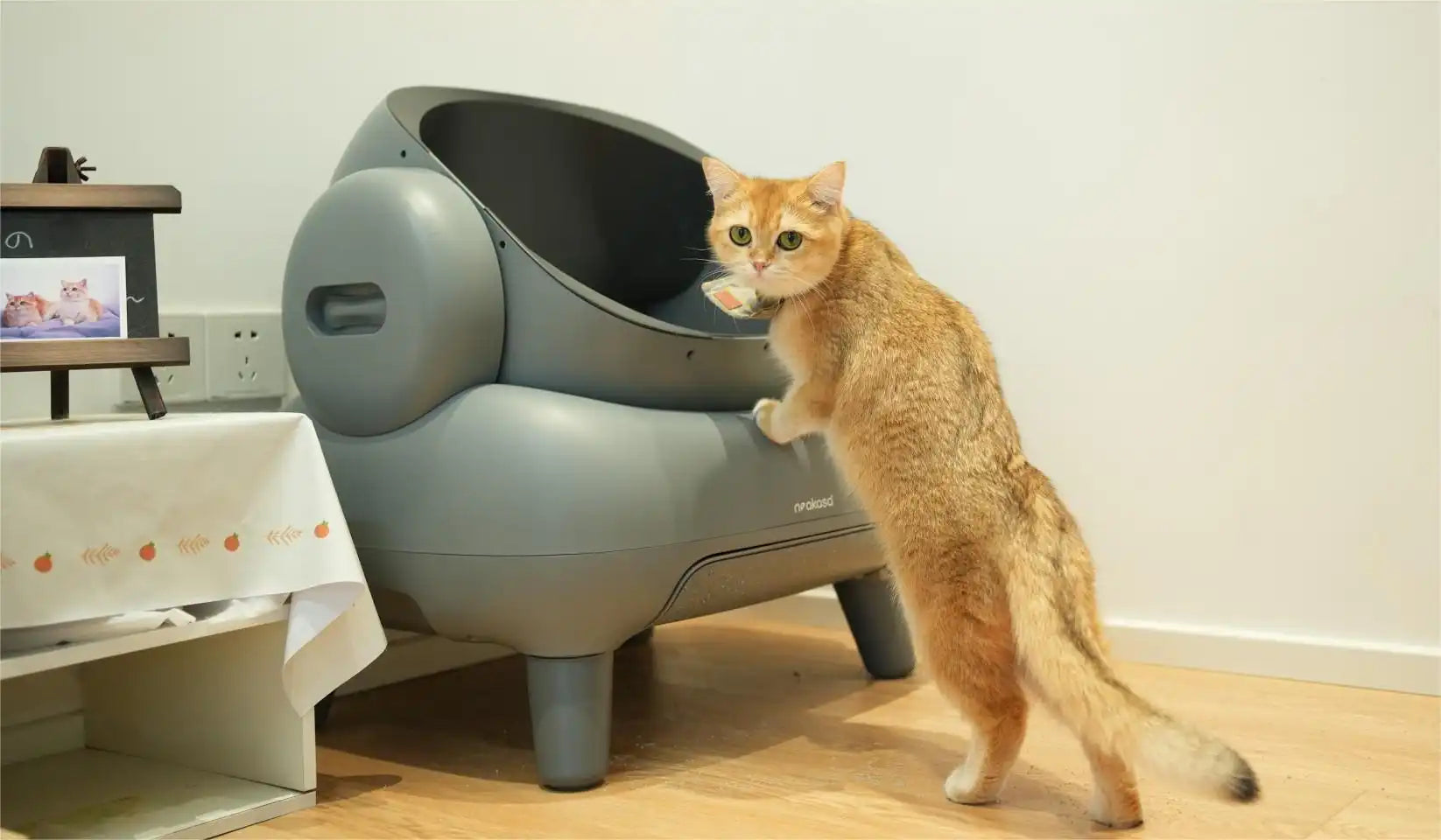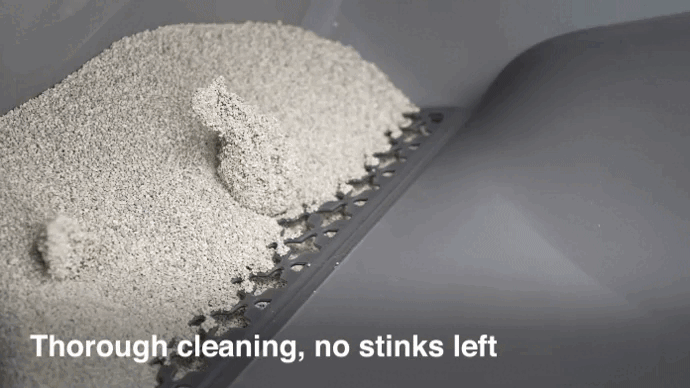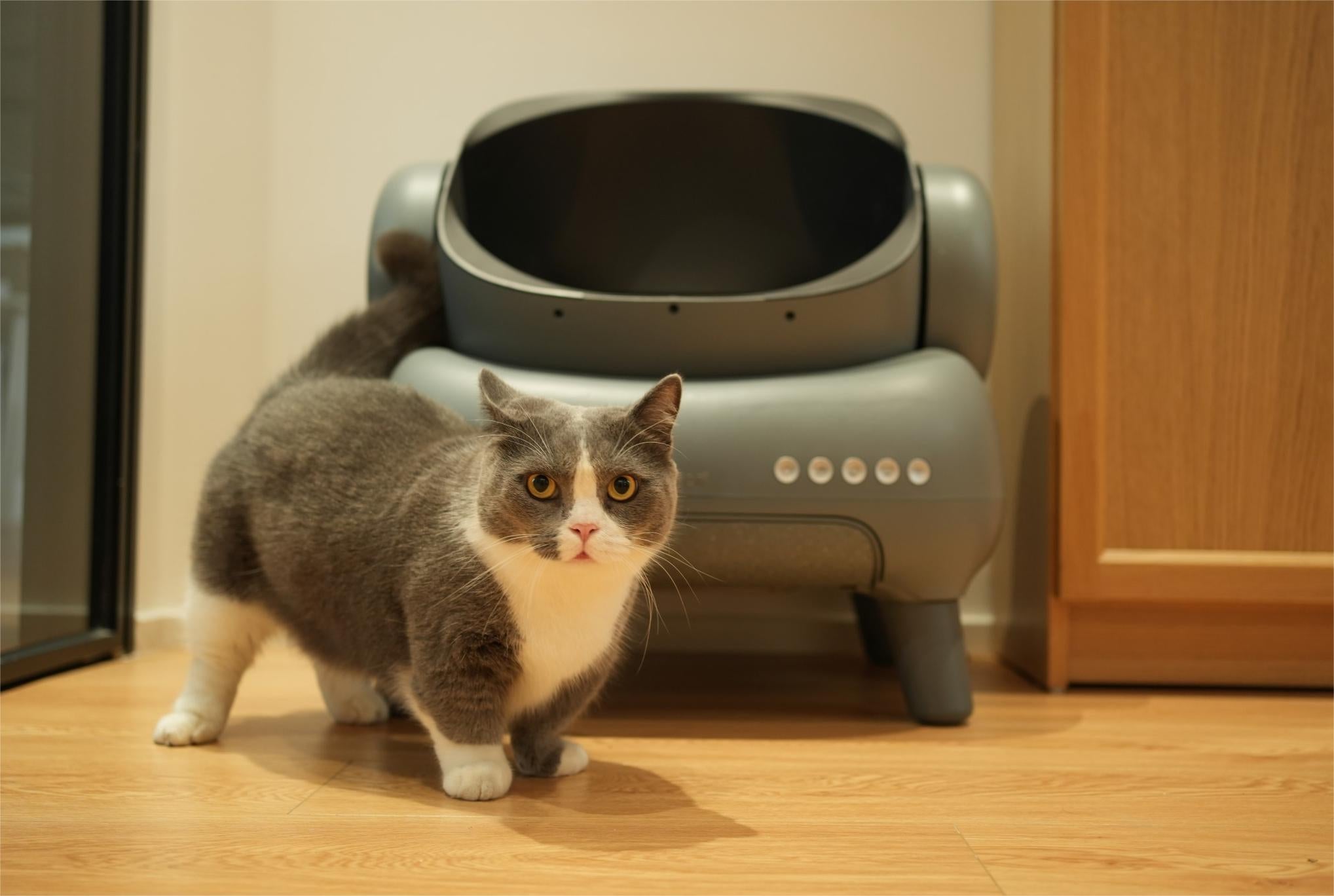
For cat owners, maintaining a clean litter box is essential but often daunting. The self-cleaning litter box, a marvel of pet care technology, automates much of this unpleasant chore. These devices, also known as automatic litter boxes, ensure the litter box remains fresh with minimal human intervention. Let’s explore how these devices work and why they might be a great addition to your home.
Understanding How Self-Cleaning Litter Boxes Work
Self-cleaning litter boxes, also called automatic cat litter boxes, are designed to reduce the daily maintenance of a cat’s litter box. Here’s a breakdown of the self-cleaning litter box mechanism and how these innovative devices function.
Key Components and Mechanisms of an Automatic Litter Box
- Sensors: Integral to the automatic litter box, sensors detect when a cat enters and exits. They trigger a timer that delays the cleaning until the cat has left, ensuring the cat's safety during the automatic cleaning cycle.
- Cleaning Mechanism: The core of how self-cleaning litter boxes work involves various types of automatic mechanisms:
- Raking Systems: Common in many models, this system activates after the cat departs, with a rake sweeping through the litter to remove waste and deposit it into a compartment.
- Rotating or Sifting Mechanisms: These systems enhance the automatic cat litter box function by rotating or sifting the litter to separate waste from clean litter, which is then recycled back into the box.
- Waste Disposal: The clumped litter collected are stored in a sealed container within the box, a crucial aspect of self-cleaning litter box maintenance, helping reduce odors and keep the area clean.
- Control Panel and Settings: Owners can customize settings, such as the cleaning timer or manual operation, reflecting the versatility and self-cleaning litter box troubleshooting ease.
How Self-cleaning Litter Boxes Operate?
So how exactly does a self-cleaning litter box work? Let's take the Neakasa M1 as an example to show you how they operate.
Neakasa M1 features a gradual self-cleaning mode that ensures thorough cleanliness. It achieves this by slowly rotating the outer shell of the litter box, allowing the litter and waste to interact fully and form clumps.

The End Result? Our method ensures efficient cleaning, even with soft or unburied waste. Say goodbye to messes sticking to the walls and hello to a consistently pristine environment for your furry friend.

Benefits of Self-Cleaning Litter Boxes
- Convenience: The primary advantage is the reduction in effort and time involved in managing a litter box.
- Odor Control: These units swiftly remove and contain waste, significantly controlling odors more effectively than traditional methods.
- Hygiene: Continuous cleaning prevents harmful bacteria buildup, a major part of the self-cleaning litter box benefits.
- Attractiveness to Cats: Cats are more likely to use a clean litter box, which can prevent inappropriate elimination behaviors.
Considerations Before Purchasing
- Cost: While self cleaning cat box types vary, they are generally more expensive than traditional litter boxes. Consider both the initial investment and ongoing costs, such as special litter or replacement parts.
- Size and Space: Ensure you have adequate space, as these boxes can be bulkier than traditional boxes.
- Noise and Sensitivity: The operation noise of litter box may be disturbing to some cats, which could deter them from using the box.
Product Spotlight: Neakasa M1 Cat Litter Box
The Neakasa M1 litter box is notable for its large and open top design, quiet operation, and effective litter management. It’s an excellent choice for enhancing cleanliness and controlling odors in homes, especially for those with multiple cats or large cats.

Conclusion
Automatic litter boxes, with their advanced self cleaning litter mechanisms and features, represent a significant innovation in pet care, offering convenience, improved hygiene, and effective odor control.
If you’re looking to simplify your pet care routine, an automatic cat litter box like the Neakasa M1 could be ideal. Always consider your cat’s habits and preferences to ensure it’s the right match for your pet.








Leave a comment
This site is protected by hCaptcha and the hCaptcha Privacy Policy and Terms of Service apply.